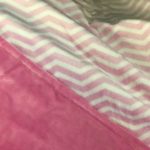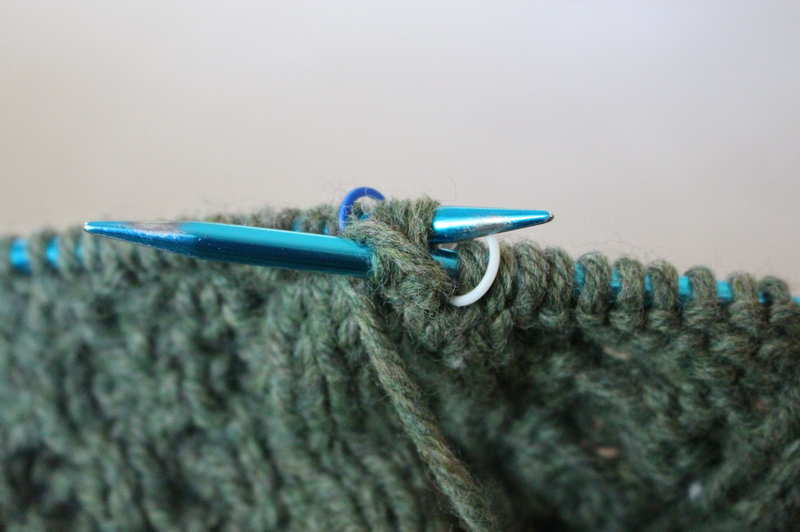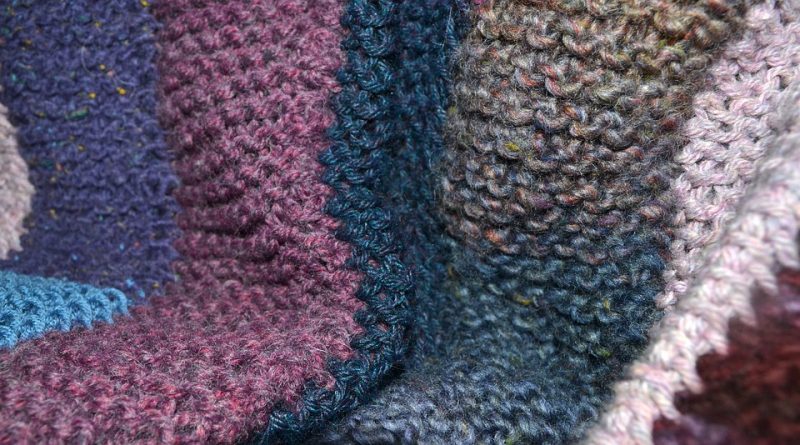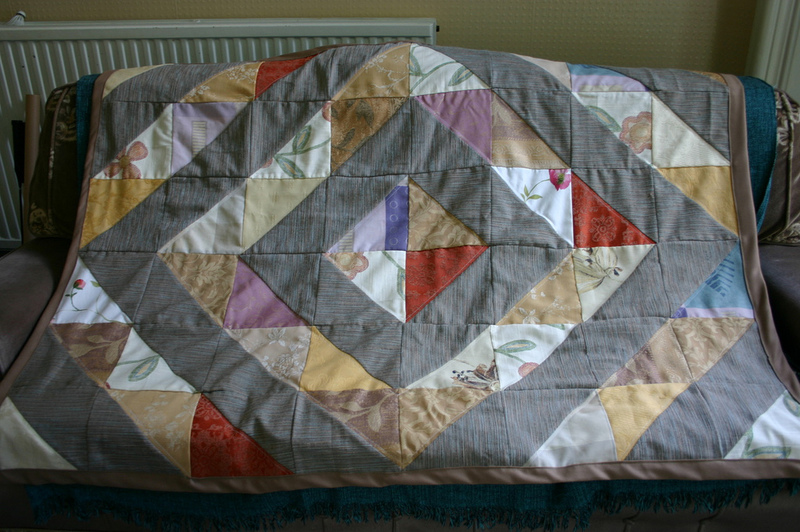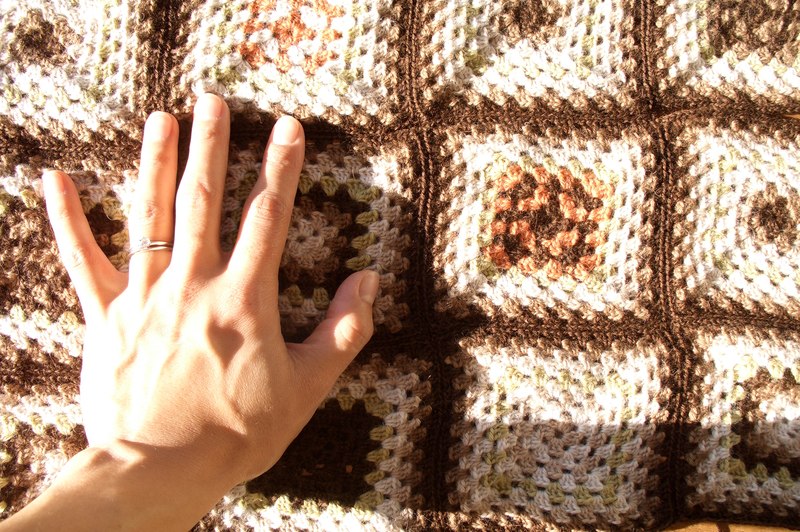Like other delicates, wool takes time to clean. If you’re asking how to wash a wool blanket without shrinking it, you’ve come to the right place!
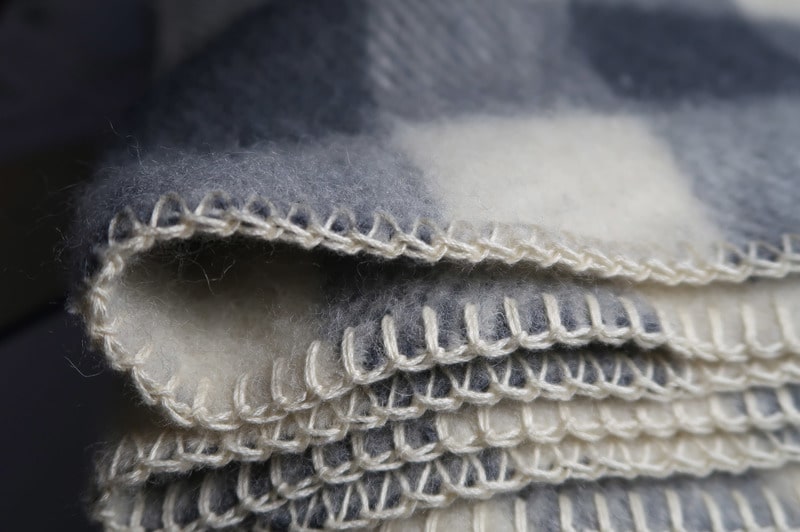
Dry cleaning is one way to go about it, but if you`re short on cash, follow these tips to get your blanket nice and clean.
How To Wash A Wool Blanket Without Shrinking It?
You don’t need to wash wool blankets too frequently as the material is naturally stainless and odour-resistant. However, it’s a good idea to have it cleaned now and then if used for more than a few months.
Here`s how to do it.
Step #1. Shake, hang, and brush
Shake the blanket before you start washing. Doing this will help fluff and refresh the material.
Next, hang the blanket for a few minutes in a well-ventilated area. The clean air will help get rid of any dirt that has settled on it.
If you`ve done this and there’s still some dirt left, lay the blanket on a clean surface and brush the blanket with a soft brush. Make sure each stroke goes in the same direction.
Step #2. Treat spots
If there are visible stains, deal with those first before washing the entire blanket. Vinegar can be beneficial when it comes to cleaning.
Soak the area first, then apply a vinegar solution consisting of one part vinegar and two parts water to a clean cloth. Wipe the affected area until it is clean.
Step #3. Soak the blanket
Let your washing machine fill up with cold water, and let the blanket soak for about 15 minutes. Pour mild, neutral detergent in with the water.
The water temperature and type of detergent used are essential in soaking and washing. Warm or hot water can cause the blanket to shrink, and stronger detergents can wear out the material.
Step #4. Set up the washing cycle
After soaking, you can turn on the washer and set it to the wool setting. If your washing machine doesn’t have that setting, put it on a gentle or delicate cycle.
Leave it running for only two minutes, then cancel the cycle. If there are still suds, run the blanket through one more cycle until the bubbles are completely gone.
Step #5. Use a towel
Lay down a few clean bath towels and put the washed blanket on top. Gently roll them up so the towels can absorb any excess moisture.
Avoid wringing the blanket to maintain the shape of the material.
Allow the blanket to air dry outside. Make sure not to leave it under direct sunlight as the radiation can affect the blanket’s softness.
Flat drying the blanket is preferable to hang drying. If you hang it to dry, the moisture’s weight can sink to the lower sides, causing it to stretch and lose its original shape.
Is Hand Washing Also Effective?
Hand washing can be an excellent alternative to machine washing because machine washing increases the likeliness of shrinkage. If you choose to machine wash, it’s crucial to follow the procedure above carefully.
If you decide on hand washing the blanket, you can still follow the above steps. For soaking, you can do this in a bathtub or a large basin.
In place of a gentle or delicate spin cycle, you can gently swish the blanket around the water when both washing and rinsing. Don`t rub the fabric together to prevent any strain on the material.
You can use the same method of drying as stated above.
Things to remember
As stated earlier, wool blankets don’t warrant frequent washing, so you should space out how often you want to wash your blanket. Doing this is preferable if you choose to machine wash it.
Always remember to use cold water and mild detergent. These will help maintain the quality of the blanket and keep it from shrinking too much.
You won’t need to iron the blanket, but if you decide to, set the iron on the wool (setting roughly 300°F or 149.89°C) after it dries. Be sure to use a pressing cloth underneath the iron to prevent damage.
If you need to store the blanket and replace it with a new one, you can keep it in a large plastic bag or tightly sealed bin.
To ward against pests, don’t use mothballs. They release strong odours that can seep into the blanket. Instead, use cedar chips or wood blocks.
These act as natural repellents to protect your blanket from unwanted insects and don`t come with the disadvantages of mothballs.
Conclusion
Wool is a good blanket material that doesn’t warrant excessive cleaning, making it more convenient to use. When you do decide to wash it, it’s essential to do so meticulously and carefully.
That said, being patient is worth it if you have a wool blanket and want to keep it feeling clean and fresh.
Knowing how to wash a wool blanket without shrinking it means, you can properly schedule your next laundry day and prepare everything correctly.
The result is definitely worth the wait!




